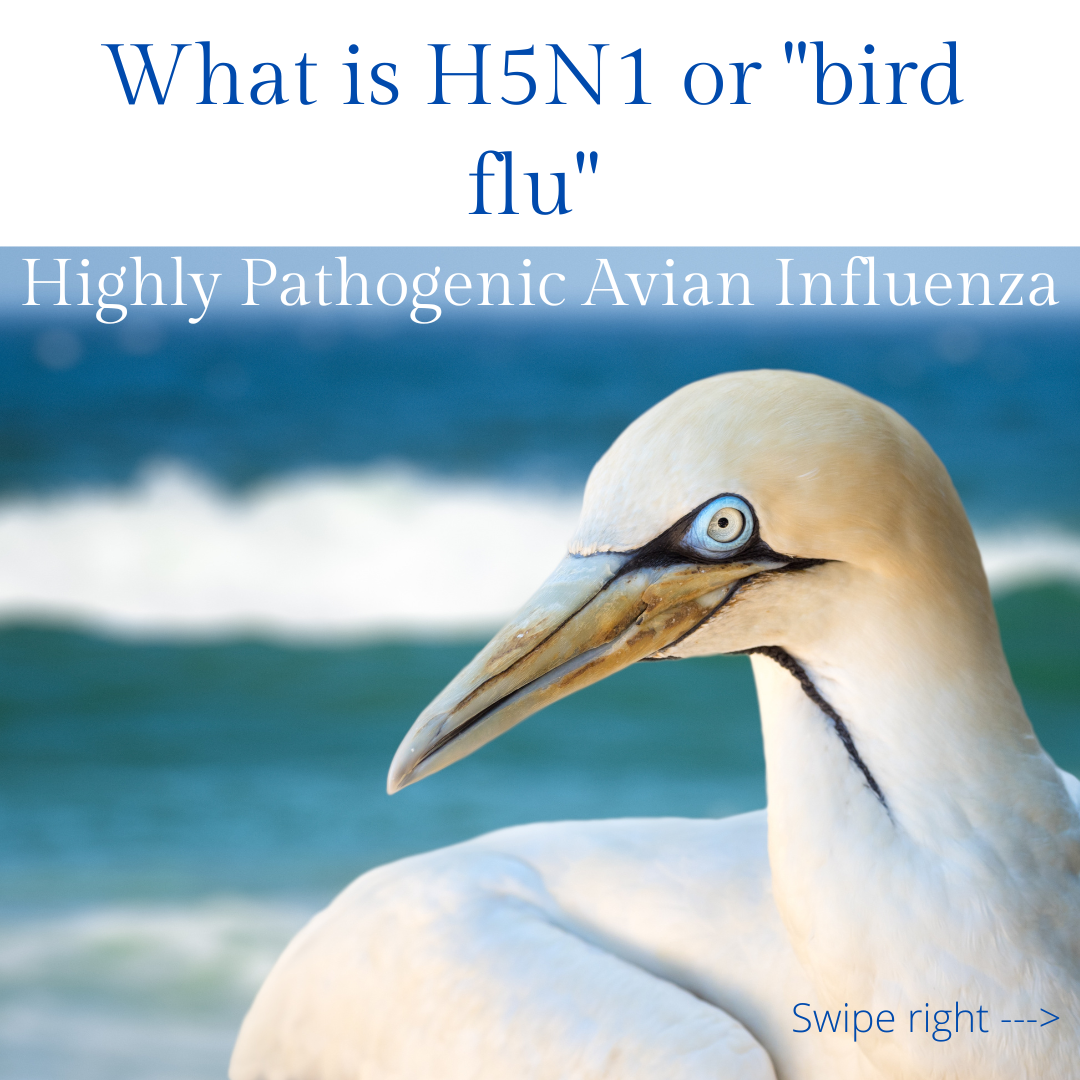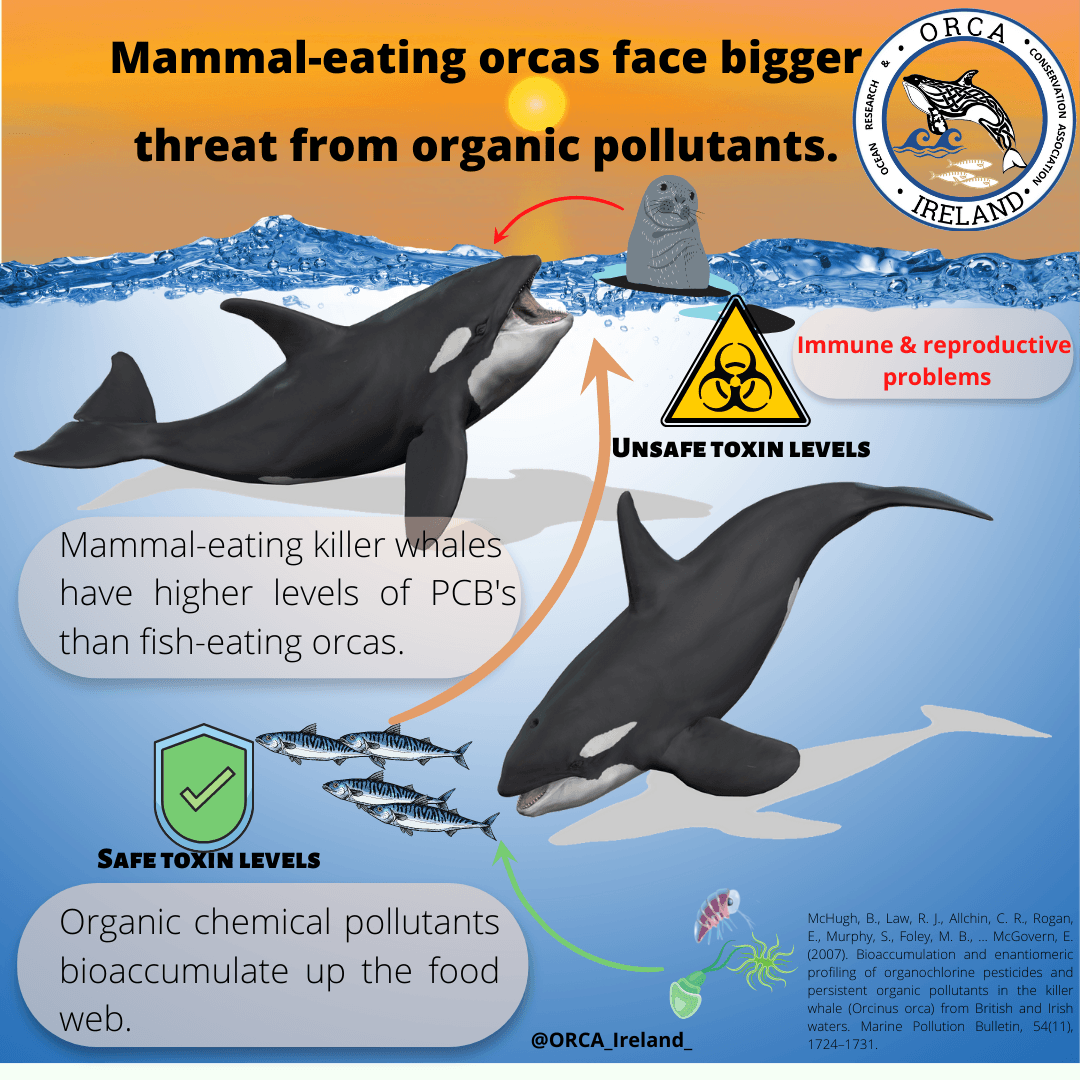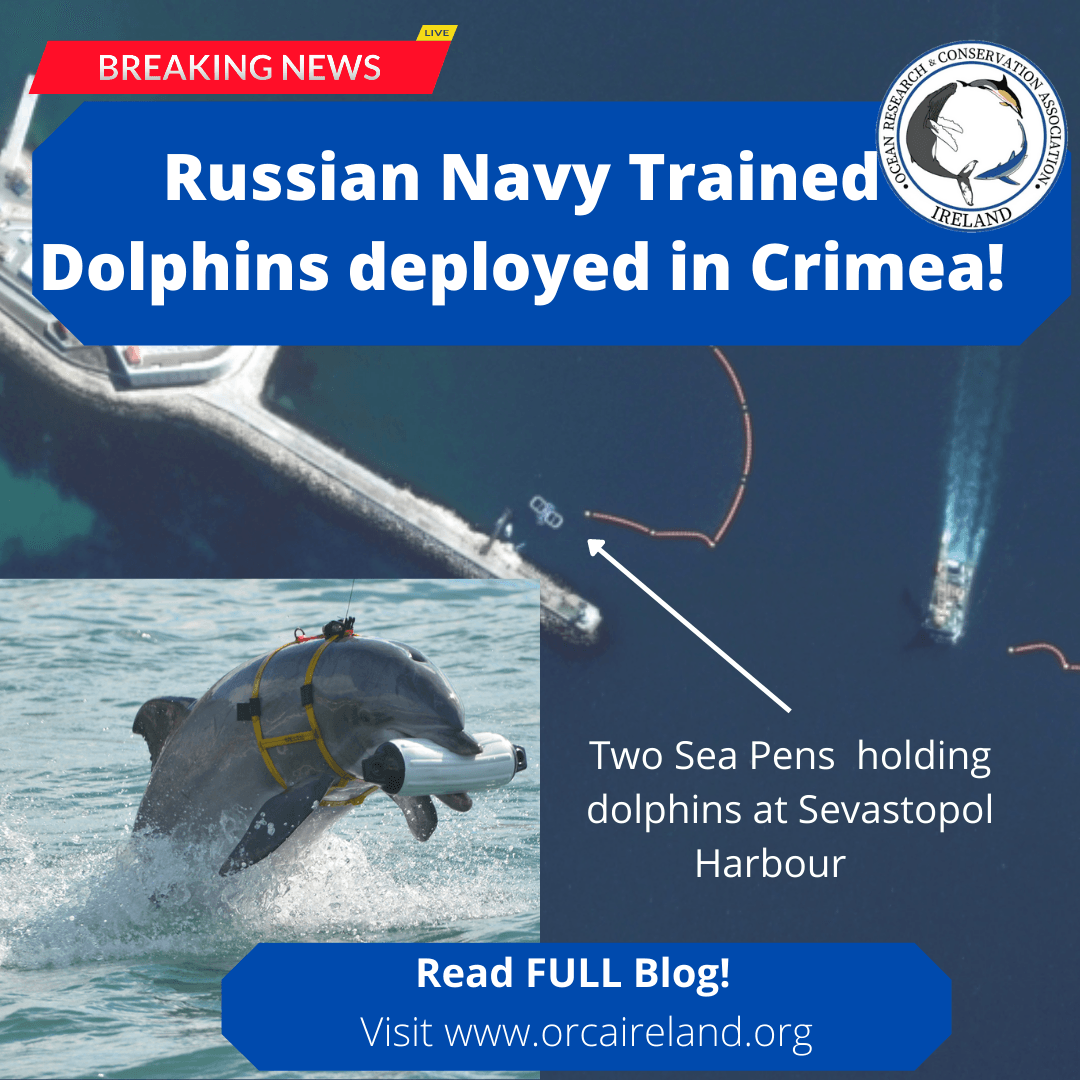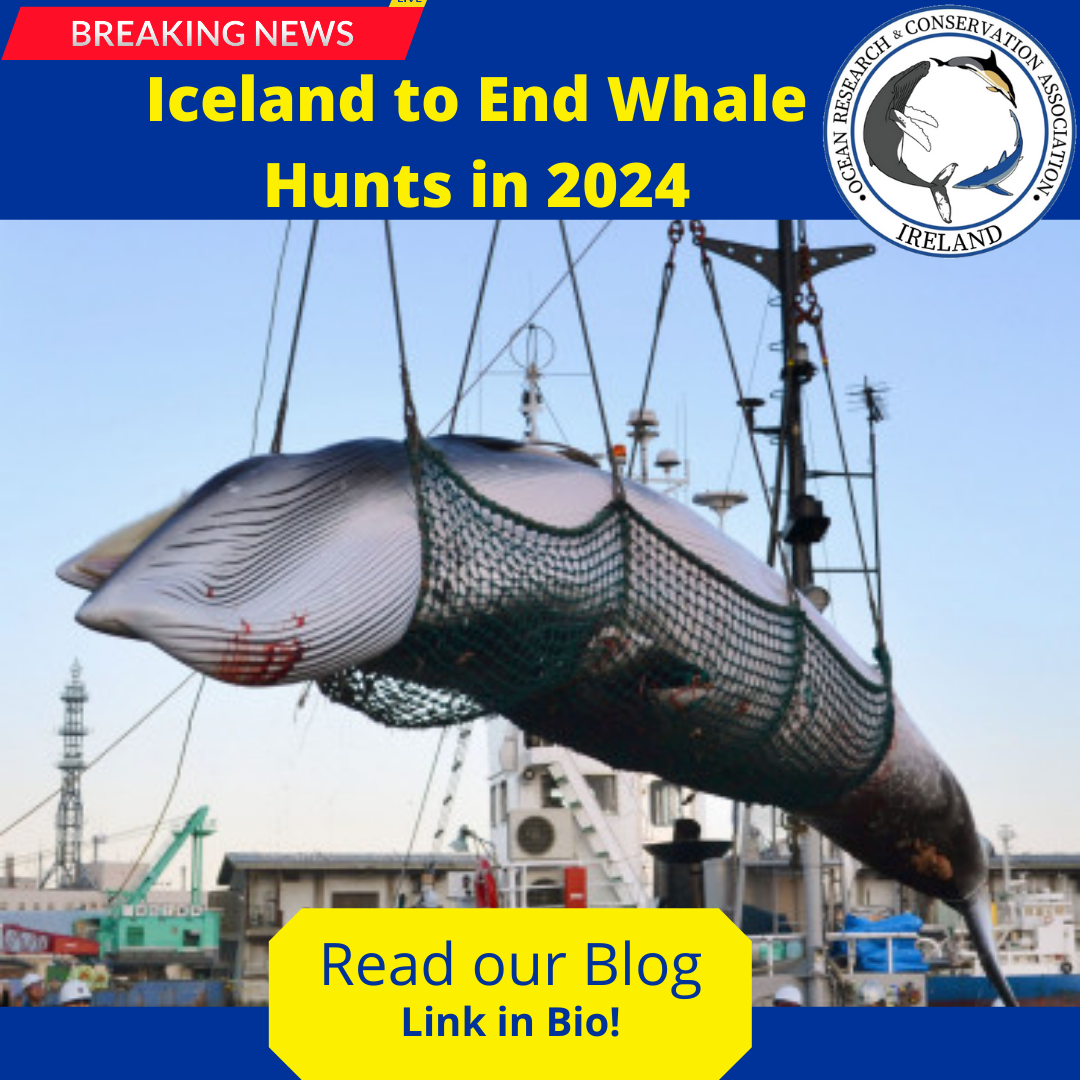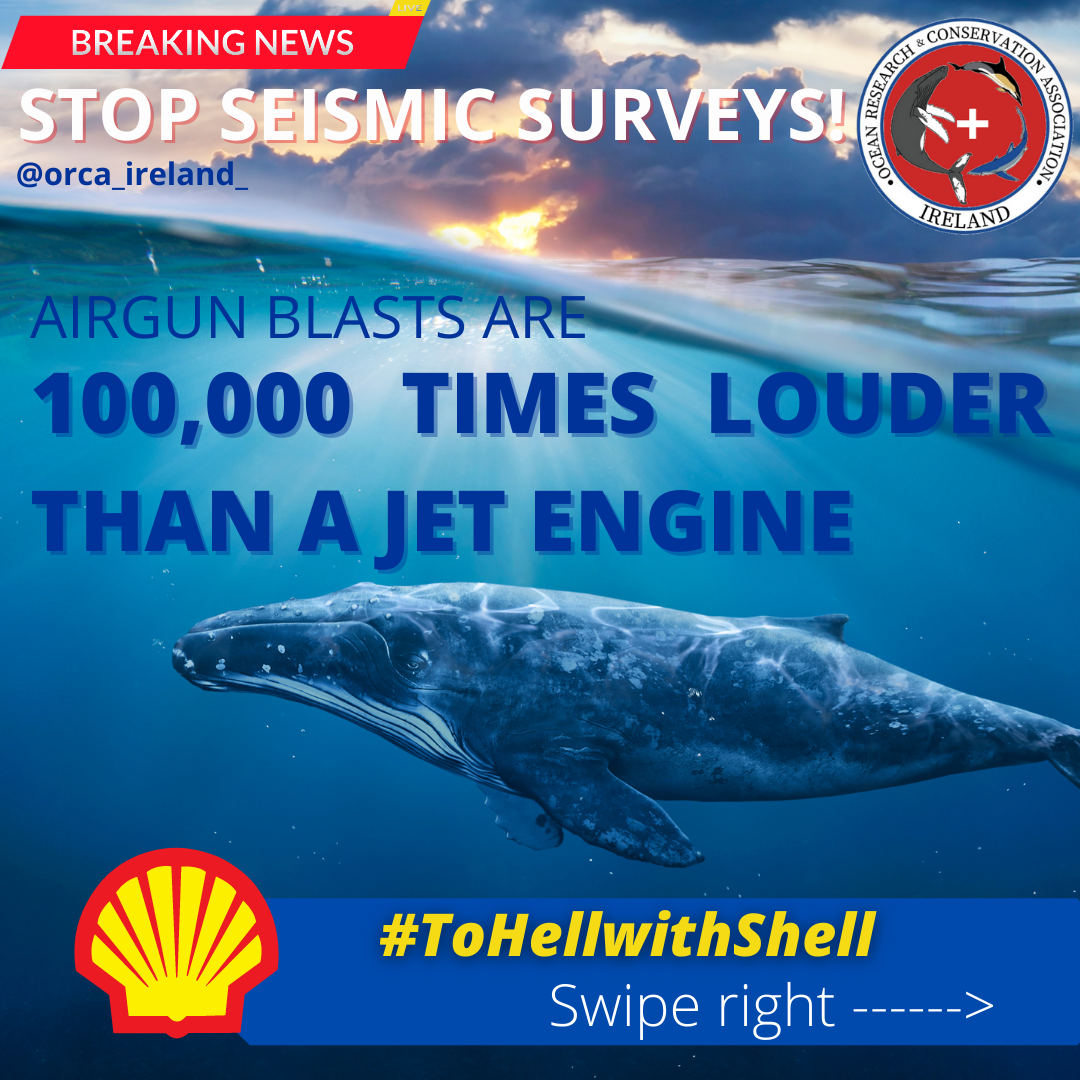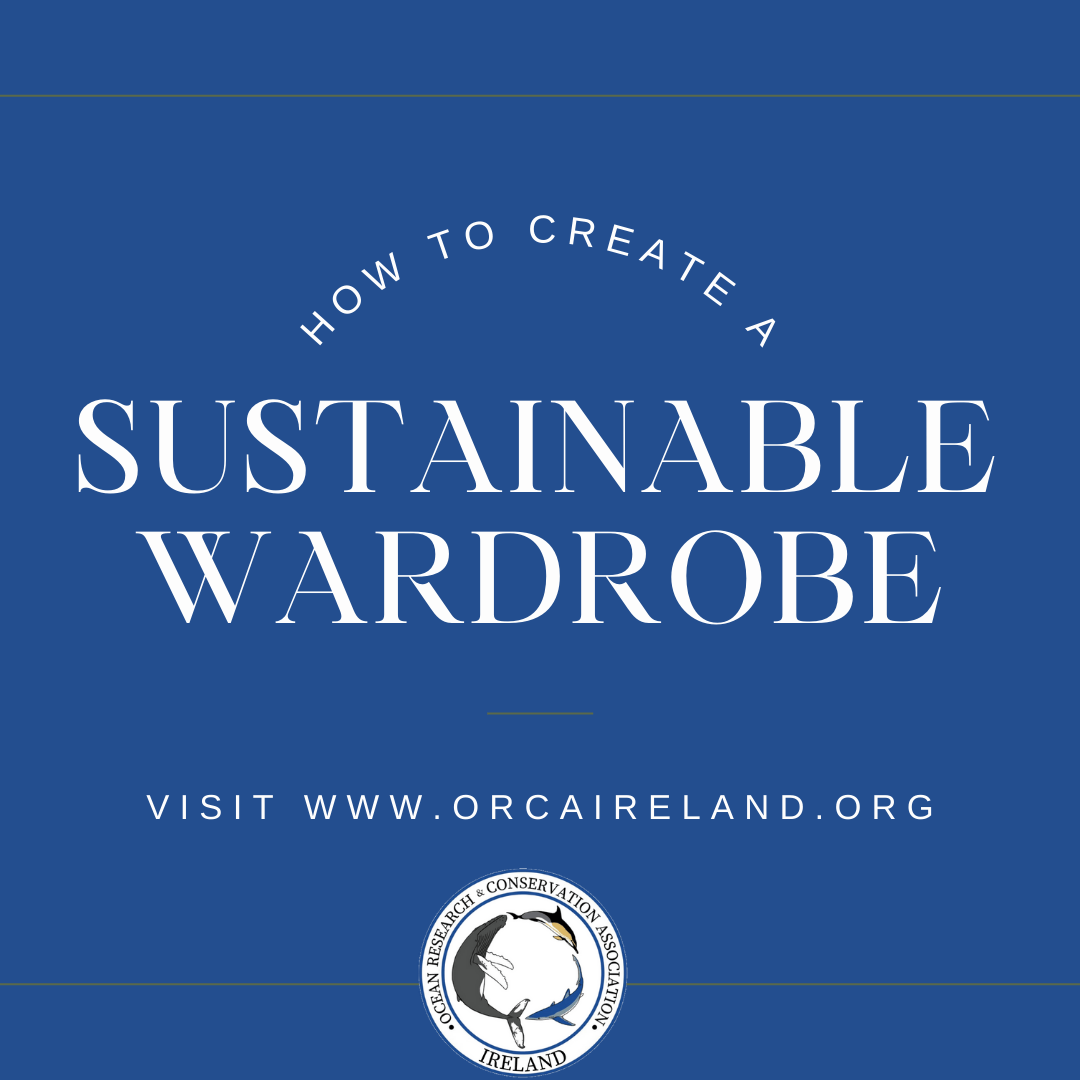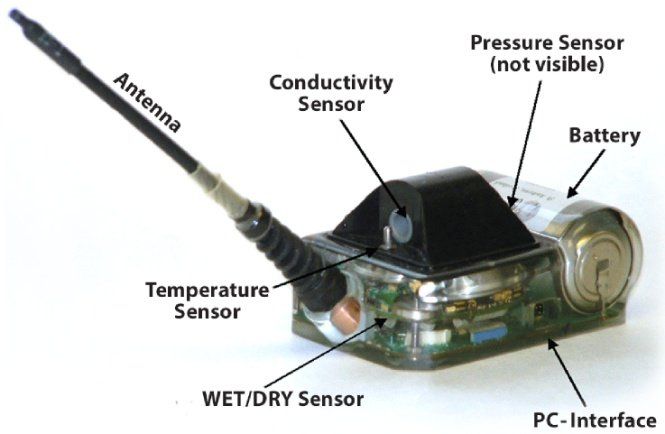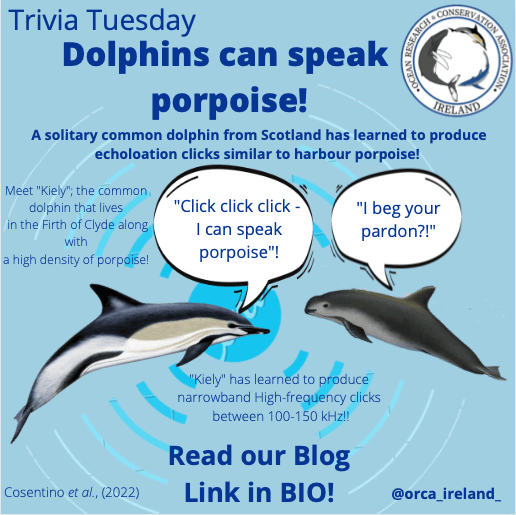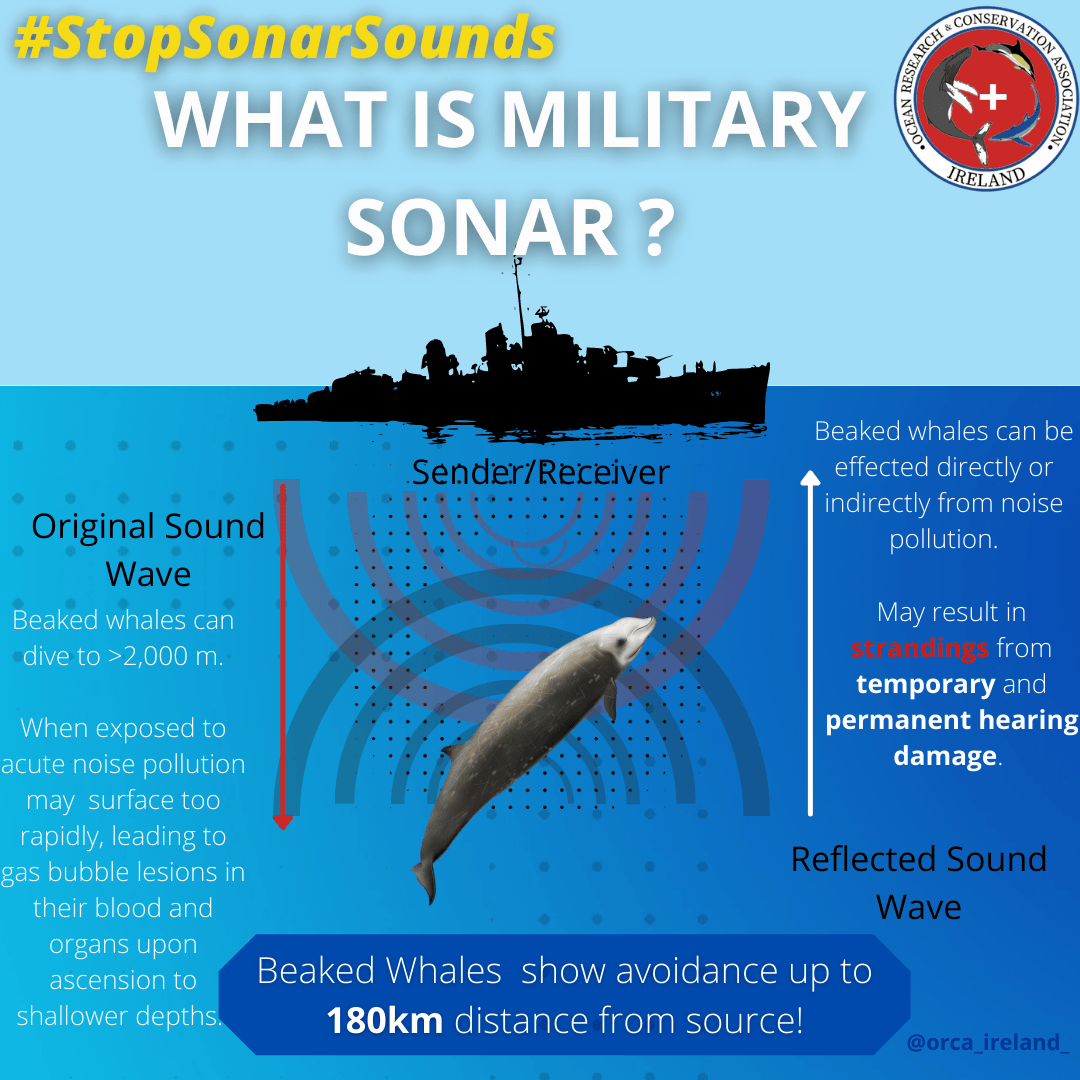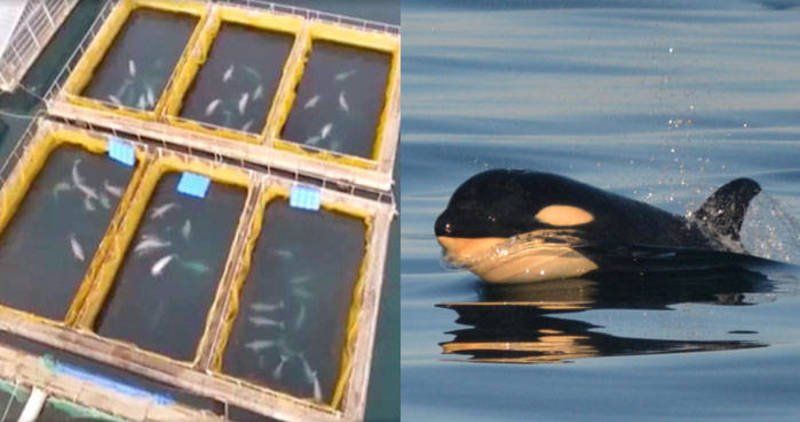Data with every dive: Animal oceanographers bridging the gap.
Marine animals including fish, reptiles, seabirds and mammals have been tagged and tracked for a long time. This application of telemetry and bio-logging devices has helped in better understanding the movements and behaviour of these animals, in ever-increasing detail. In recent times, such tagged animals have been “put to work” as oceanographers – the tags that these animals carry are used to obtain environmental data from remote and inaccessible parts of the oceans (Fedak, 2004).
The role that the world’s oceans play in regulating the global climate has been increasingly recognised and appreciated. Oceans store a much greater quantity of energy than the atmosphere, acting as earth’s heat repositories, and even small changes to the energy content of the oceans can have significantly larger impacts on the climate (see McMahon et al ., 2005 for a more detailed description). Thus, it becomes necessary that ocean temperatures be monitored more accurately and precisely. However, many areas of the oceans are poorly known because of inaccessibility or other logistic constraints, and even oceanographers (human oceanographers in this case) are sometimes limited by a lack of data to build and test their models (Fedak, 2004). This is where animal oceanographers come into play since they can obtain data from inconvenient places and times – for example, data from deep, ice covered Antarctic waters during the winter months, when other conventional platforms such as ARGO floats, ships and gliders cannot be used.
Salinity/conductivity, temperature and depth (CTD) information collected as vertical profiles over a range of depths provide the most basic information that a physical oceanographer requires (Fedak, 2004). At present, this information is collected using the CTD Satellite Relay Data Logger (CTD-SRDL) built at the Sea Mammal Research Unit, University of St. Andrews in the UK (Roquet and Boehme, retrieved in 2019). This is the only existing tag that has a miniaturized CTD unit that can be attached to a marine animal without being invasive. These tags record temperature and conductivity data during the ascent part of the animal’s dive, which are then compressed and transmitted using radio telemetry (ARGOS or GSM).
There are several advantages to employing animals as oceanographers – long-term data can be obtained at low cost and at near real time, from inaccessible and data-sparse areas, with high spatial and temporal resolution. However, this approach does not come without any disadvantages. There have been concerns about non-random sampling, variable data collection and transmission depending on animal behaviour and more importantly about fouling and long-term sensor drift (Fedak, 2004). To address this, McMahon et al. (2005) conducted a long-term study to validate the data collected by animal oceanographers. This study compared the ocean temperature data collected by six leatherback turtles in the Atlantic Ocean over a period of 1284 days with that collected by the ARGO network of ocean floats, and found no systematic errors that could be ascribed to sensor instability, thus demonstrating the reliability and value of data collected by animal oceanographers.
Though the idea of using animal oceanographers to obtain data can be traced back to 1972, it has only been recently made possible through the development of advanced technological tools. The concept of animals as oceanographers has been widely supported and promoted by Mike Fedak, who suggested, in 2003, that the use of marine animals as platforms for oceanographic sampling would be a “win/win” situation for biologists and oceanographers alike. At the 1st Symposium on Biologging Science in Tokyo 2003, Fedak described the initiation of the first large-scale deployment of ocean-profiling tags on marine mammals – The SEaOS Project ( S outhern E lephant seals a s O ceanographic S amplers) that involved the deployment of more than 80 tags on Southern elephant seals from 4 major breeding colonies on sub-Antarctic Island in the Southern Ocean by the French, Australian, US and UK teams. The SEaOS Project further led to the development of a much larger international project called MEOP ( M arine mammals E xploring the O ceans P ole to pole) in 2006, which oversaw the deployment of profiling tags on pinnipeds in the Arctic as well as the Antarctic Seas (Fedak, 2004).
Fedak, who has always remained at the forefront of the idea of animals as oceanographers, stated in 2013 that his hope about animals dramatically increasing the availability of oceanic data has been realized “beyond his most optimistic expectations”. This is supported by the fact that animal oceanographers have provided about 70% of all oceanographic profiles available for the Southern Ocean south of 60 degrees. Today, there are over 1.4 million CTD profiles in the World Ocean Database that have been collected by animal platforms, and the data from elephant seals and Weddell seals represent 98% of the existing TS (temperature and salinity) profiles within the Southern Ocean pack ice. Several examples are available in literature where marine animals including mammals (Fedak, 2004; Brown et al. , 2013), birds (Charrassin et al. , 2002) and reptiles (McMahon et al. , 2005; Patel et al. , 2018) have provided important environmental data, which in combination with data available from more conventional sources can be incorporated into models improving our understanding of physical oceanographic processes.
However, this does not stop here. More advanced instruments are being developed that incorporate sensors that can measure light levels, fluorescence and oxygen levels in the water. Recent studies by Cazau et al. (2017a and 2017b) have shown that tags can be used to monitor wave conditions and estimate surface wind speed, allowing the tagged animals to be used as “weather buoys”. Animal oceanographers have indeed provided data that have filled in large gaps of previously under-sampled areas of the oceans, particularly the polar regions. Proper utilization of this data is expected to greatly improve our understanding of the global oceanic processes.
References :
Brown, R. F., Jeffries, S. J. and Wright, B. E., 2013. Conductivity-Temperature-Depth profiling of the Columbia River mouth using Pacific harbour seals as sampling platforms. Oregon Department of Fish and Wildlife.
Cazau, D., C. Pradalier, J. Bonnel, and C. Guinet. 2017b. Do southern elephant seals behave like weather buoys? Oceanography , 30 (2),140–149.
Cazau, D., J. Bonnel, J. Jouma’a, Y. le Bras, and C. Guinet. 2017a. Measuring the marine soundscape of the Indian Ocean with southern elephant seals used as acoustic gliders of opportunity. Journal of Atmospheric and Oceanic Technology, 34 , 207–223.
Charrassin, J., Park, Y., Le Maho, Y. and Bost, C., 2002. Penguins as oceanographers unravel hidden mechanisms of marine productivity. Ecology Letters , 5 , 317-319.
Fedak, M., 2004. Marine animals as platforms for oceanographic sampling: a “win/win” situation for biology and operational oceanography. Memoirs of National Institute of Polar Research, Special Issue, 58 , 133-147.
Fedak, M., 2013. The impact of animal platforms on polar ocean observation. Deep-Sea Research II , 88-89 , 7-13.
McMahon, C. R., Autret, E., Houghton, J., Lovell, P., Myers, A. E. and Hays, G. C., 2005. Animal-borne sensors successfully capture the real-time thermal properties of ocean basins. Limnology and Oceanography: Methods , 3 , 392-398.
Patel, S. H., Barco, S. G., Crowe, L. M., Manning, J. P., Matzen, E., Smolowitz, R. J and Haas, H. L., 2018. Loggerhead turtles are good ocean-observers in stratified mid-latitude regions. Estuarine, Coastal and Shelf Science , 213 , 128-136.
Roquet, F. and Boehme, L. On the use of animal-borne instruments to monitor the ocean. Retrieved on April 4, 2019. Available at: https://alps-ocean.us/roquet/
SHARE THIS ARTICLE
